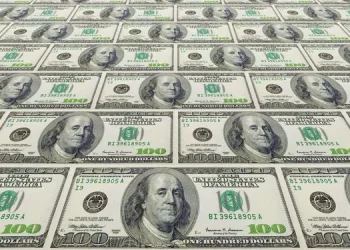The Stabilization Fund is the arm of the U.S. Treasury Department that manages the U.S. domestic and foreign investment portfolio for currency intervention purposes.
This special arrangement allows the U.S. government to adjust the exchange rate without affecting domestic supply.
The Exchange Rate Stabilization Fund was established by the Gold Reserves Act of January 31, 1934.
The aim was to counter the foreign exchange balance account set up by the British Treasury in 1932.
The fund became operational in April 1934 with an infusion of $2 billion from the government.
This is the amount of money left after the gold content of the dollar is lowered.
The Gold Reserve Act authorized the fund to use money to buy and sell gold and foreign exchange for stability.
























